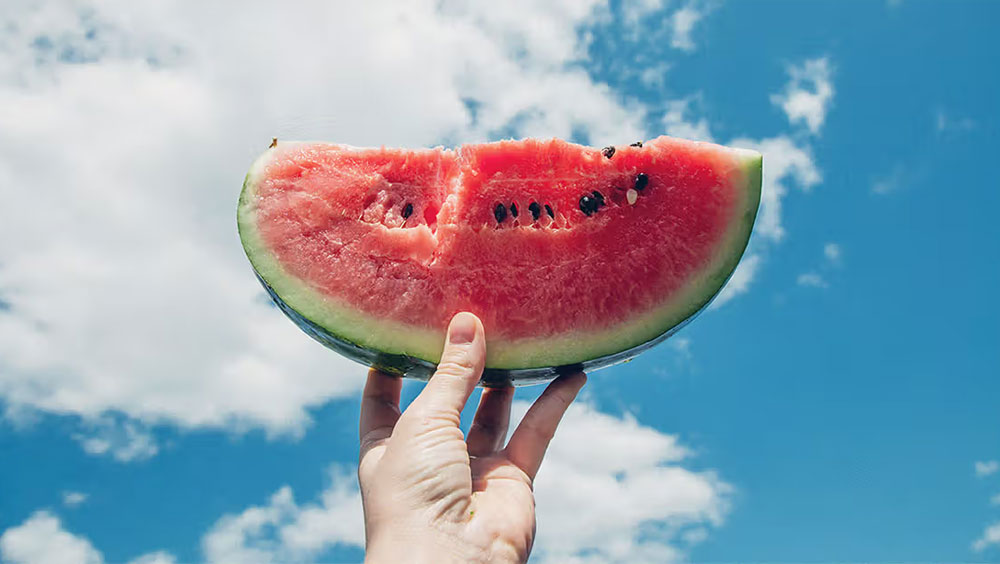When summertime rolls around, there's nothing quite like biting into a juicy, sweet watermelon. But one question often leaves even experienced fruit lovers stumped: how do you tell when a watermelon is ripe? Choosing a ripe watermelon can mean the difference between a bland disappointment and a delicious treat. In this article, we'll explore the best ways to know if your watermelon is perfectly ripe and ready to eat.
Check The Field Spot
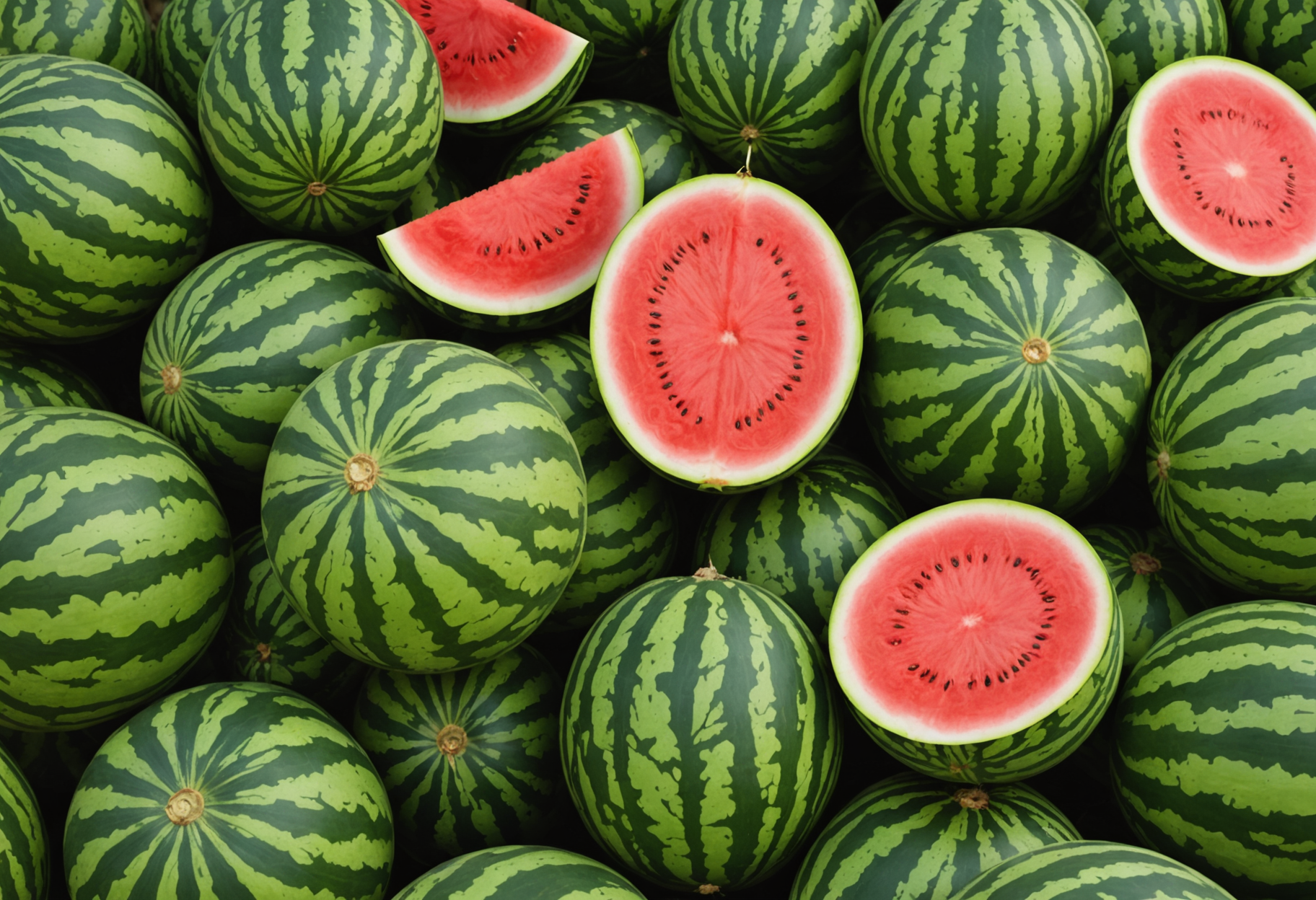
One of the easiest ways to tell if a watermelon is ripe is by examining the field spot—the creamy yellow patch where the melon rested on the ground. If the spot is white or barely there, chances are the fruit was picked too soon. A deep, buttery yellow field spot is a strong indicator of ripeness. This spot develops over time as the fruit ripens in the sun on the vine.
Look At The Overall Color
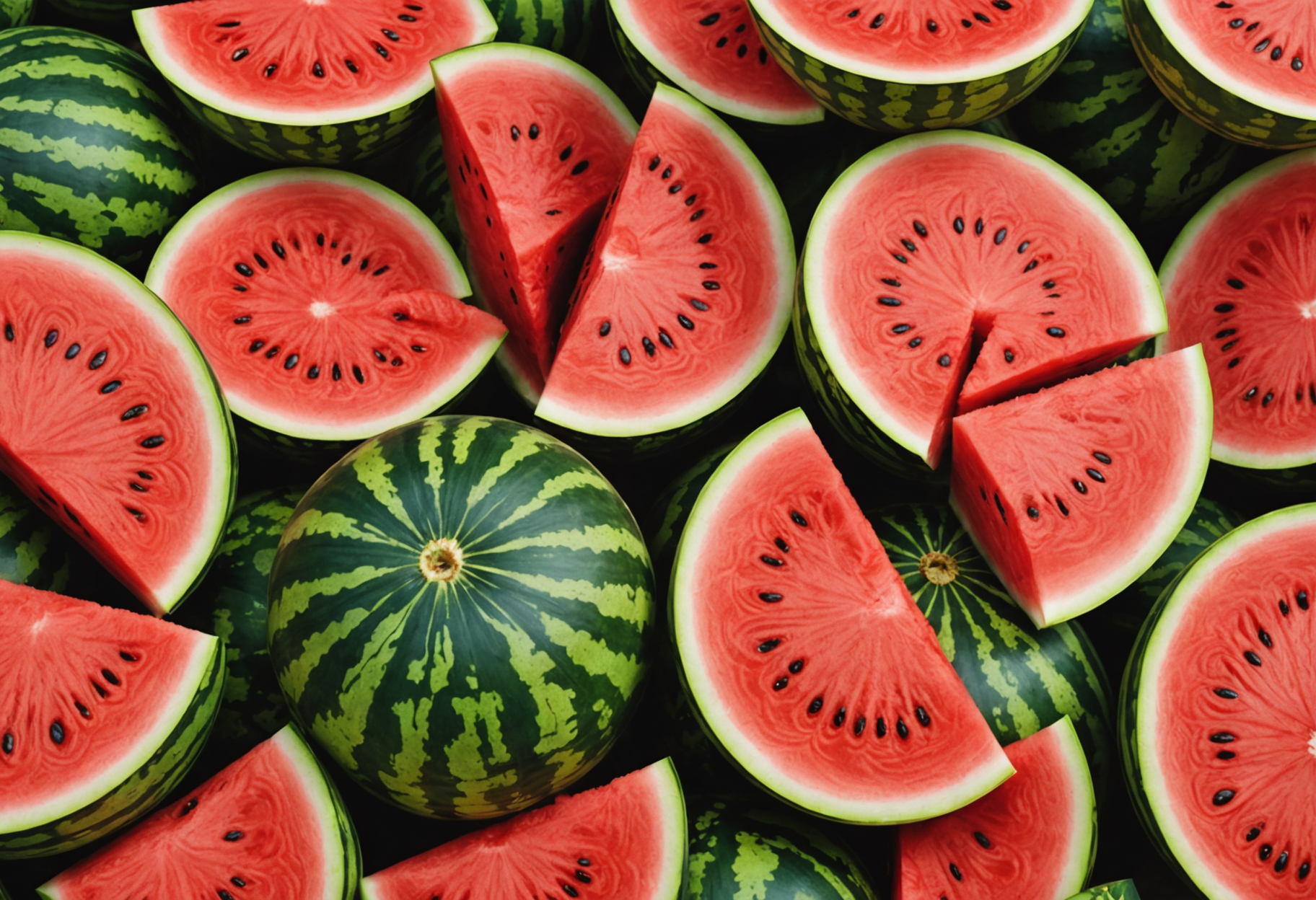
Color is another essential clue in answering the question of how do you tell when a watermelon is ripe. A ripe watermelon typically has a matte, dull skin rather than a shiny appearance. Glossy skin can be a sign that the melon was harvested prematurely. Stick with melons that have consistent coloring and avoid those with moldy or dark bruises.
Tap And Listen For A Deep Hollow Sound
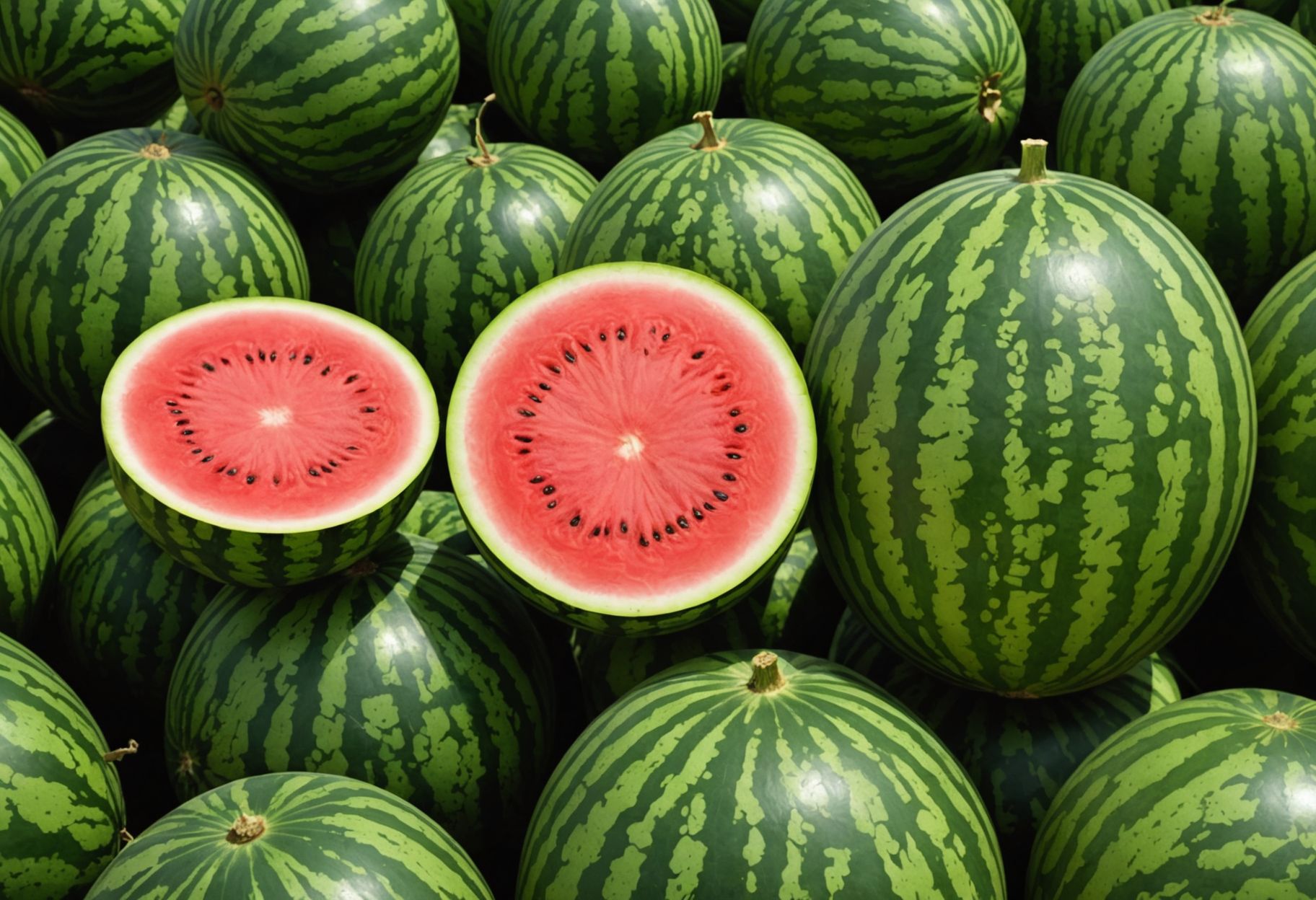
Tapping or knocking on a watermelon is a classic method for checking ripeness. A ripe watermelon will produce a deep, hollow sound, while underripe or overripe melons sound dull or flat. Although this method requires a bit of practice, combining it with other indicators helps ensure you pick the right fruit.
Examine The Vine Or Stem

Examining the vine or stem end can give you great insight into how do you tell when a watermelon is ripe. A dried, curly brown stem typically signifies ripeness, as it indicates the fruit was allowed to mature fully on the vine. Conversely, a green or fresh-looking stem may mean the melon was harvested too early.
Check The Shape And Size

The shape and size of a watermelon can also provide clues about its ripeness. Uniform, symmetrical melons are more likely to be evenly ripened. Odd shapes can suggest inconsistent growth or insufficient hydration. Also, ripe watermelons feel heavy for their size due to the high water content—another cue that you’ve picked a juicy one.
Observe The Sugar Spots And Webbing
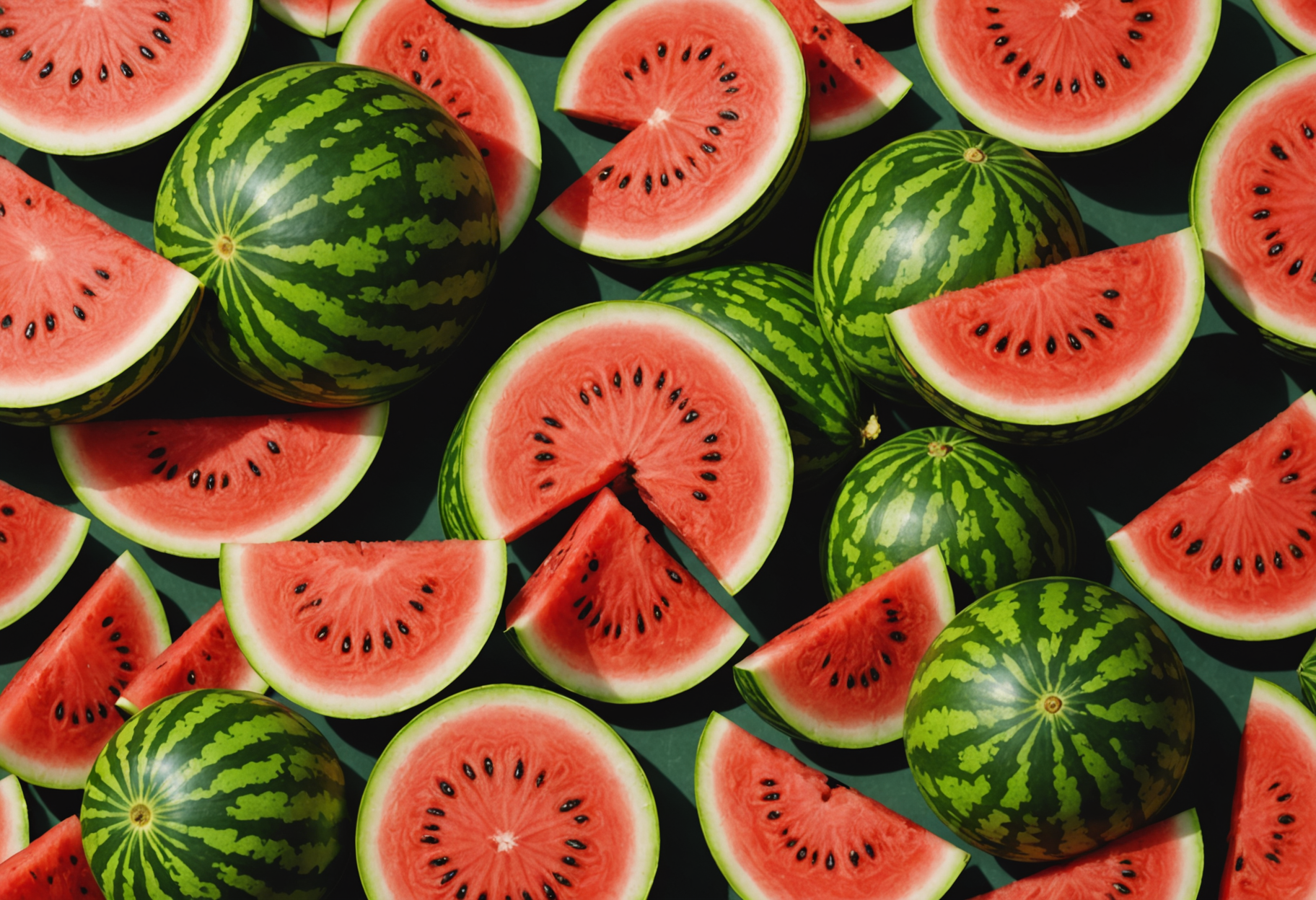
Sugar spots and webbing (brown, web-like scars on the rind) are signs that the watermelon is sweet and ripe. These markings are caused by bees pollinating the flower and indicate a good sugar content. While they may not be visually appealing, they’re often a great sign of flavor.
Feel The Firmness
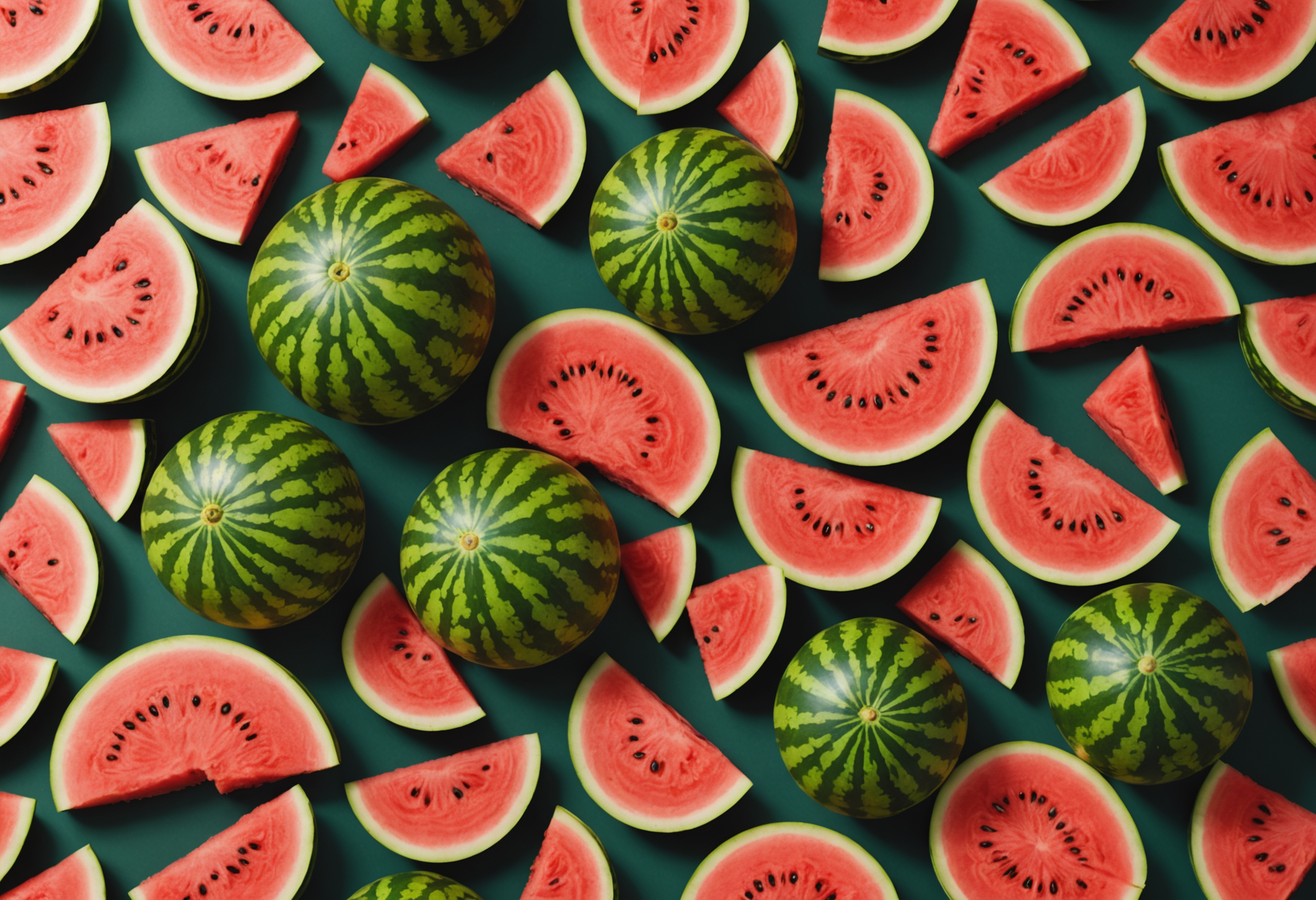
A firm watermelon is usually a ripe one. When squeezed gently, the fruit should feel solid with a little give. Avoid melons with overly soft spots, which can signal overripeness or internal bruising. Firmness is another layer of reassurance when determining how do you tell when a watermelon is ripe.
Assess The Weight
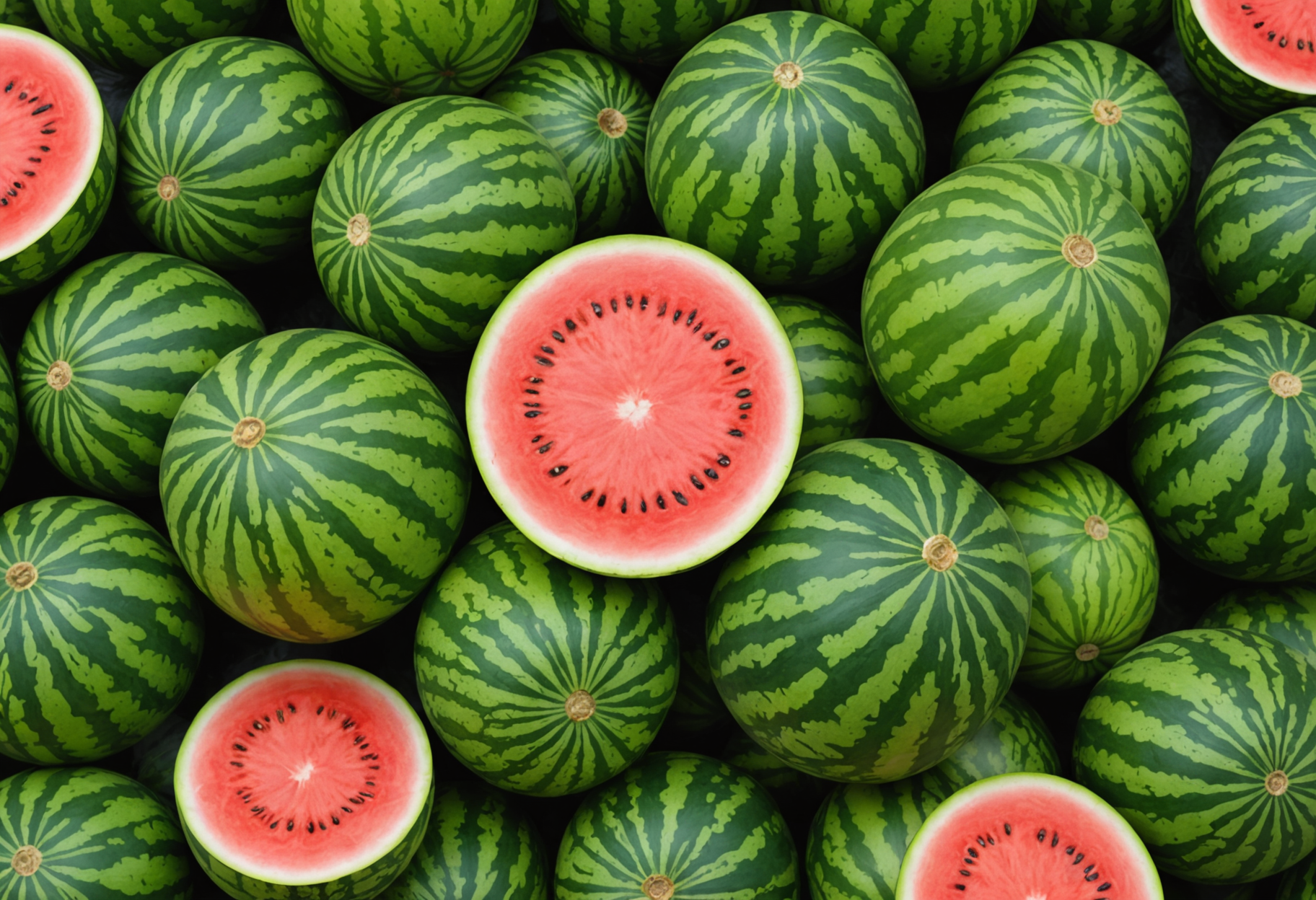
Weight is a simple but effective way to check ripeness. Ripe watermelons are full of water and therefore heavier than they look. Compare similar-sized watermelons and choose the heaviest one. This tip can help you make a smarter, sweeter selection straight from the pile.
Smell The Stem End
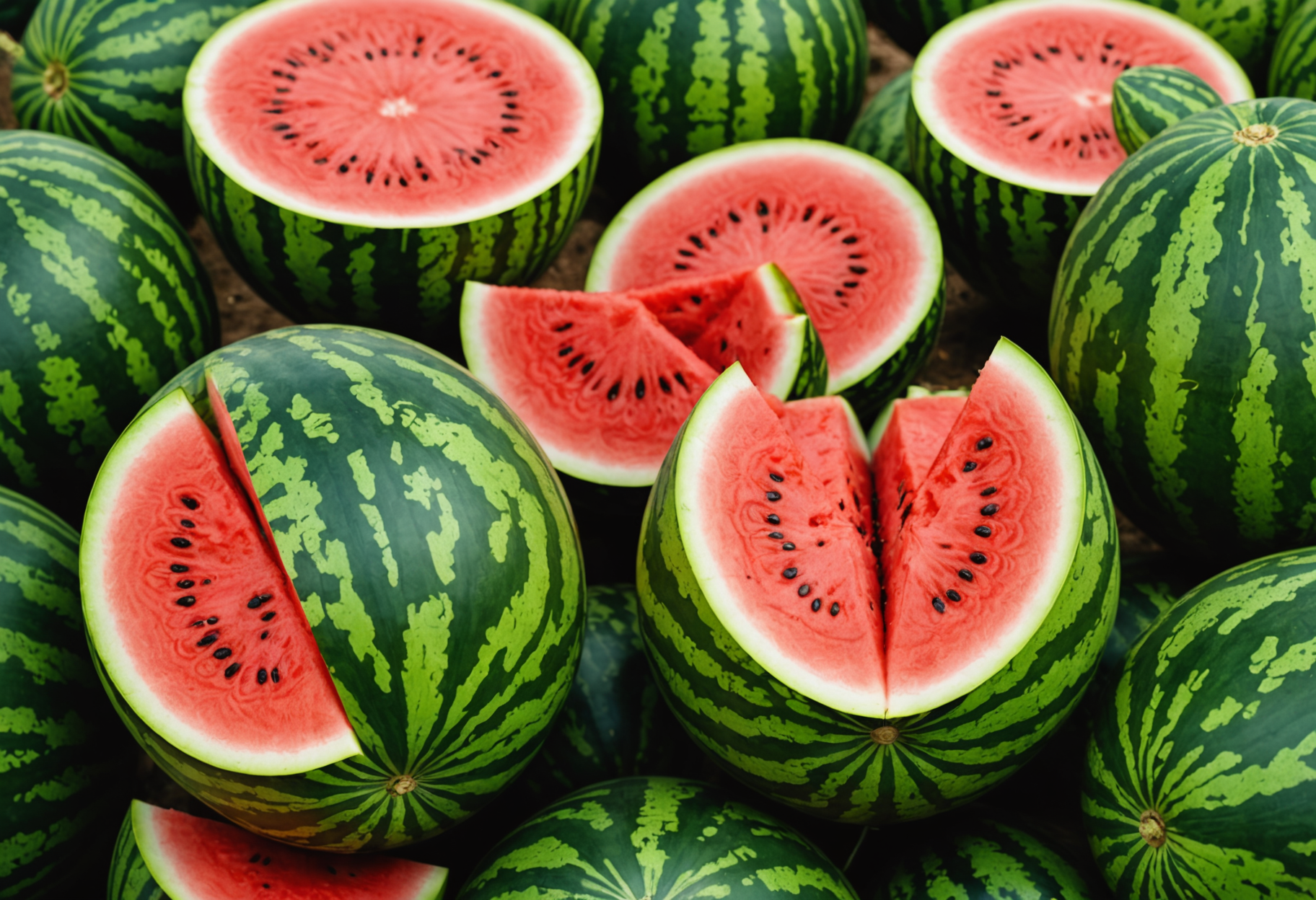
While not always reliable, you might try smelling the stem end of the watermelon. A ripe watermelon can sometimes emit a sweet, fresh fragrance. This method works better for other fruits, but in some cases, a subtle fruity aroma is another indication that the melon is ready to eat.
So, how do you tell when a watermelon is ripe? It's all about using your senses—look for a buttery field spot, listen for a hollow sound, feel the weight, and check the skin and stem. By using a combination of these tried-and-true tips, you’ll soon consistently select the juiciest, most flavorful watermelons all summer long. Next time you visit the produce aisle or local farmer’s market, you’ll be ready to pick the perfect melon with confidence.

